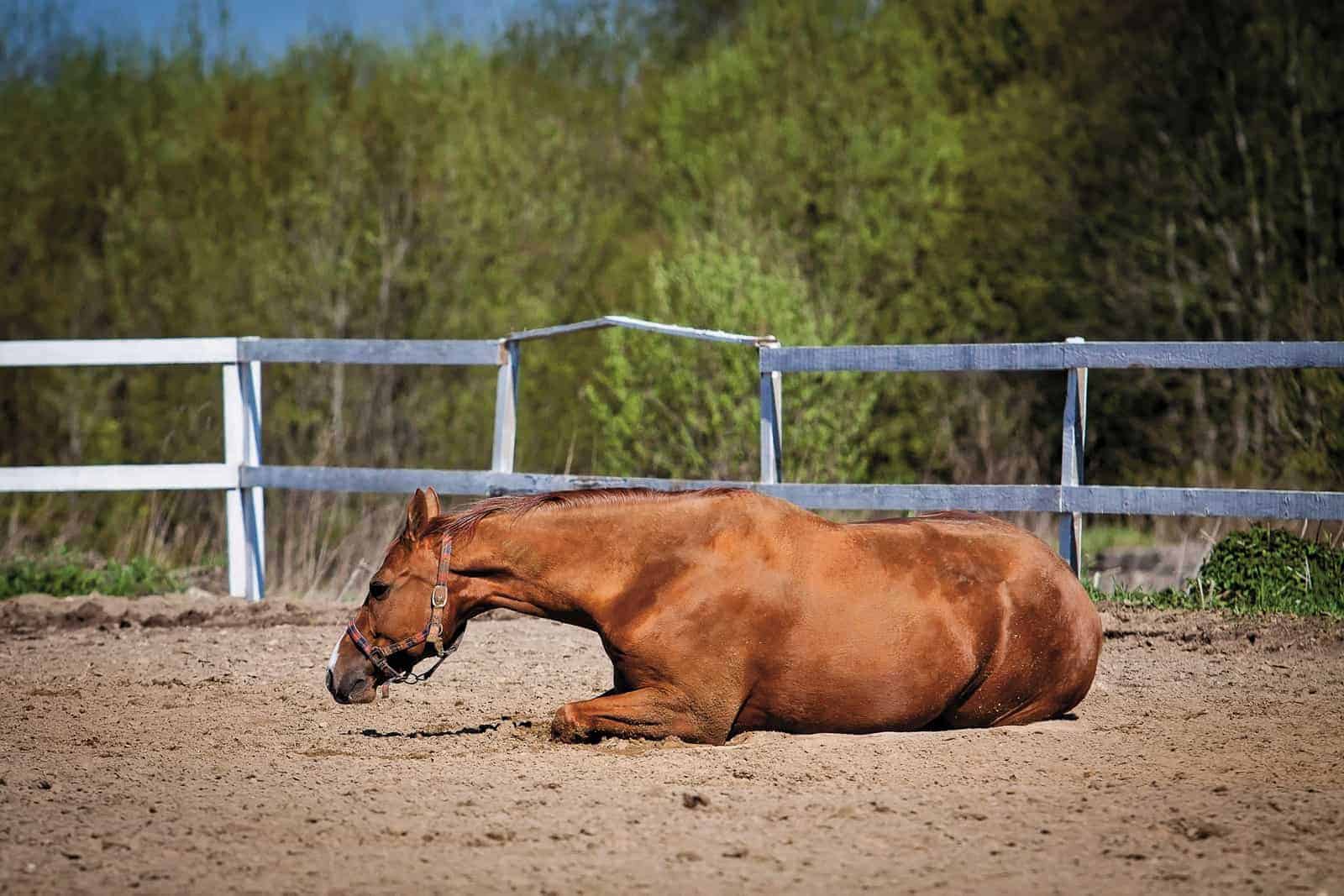Colic: To Refer or Not to Refer

But how does a veterinarian decide whether to put a horse under the knife? Diana M. Hassel, DVM, PhD, Dipl. ACVS, ACVECC, an associate professor of equine emergency surgery and critical care at the Colorado State University College of Veterinary Medicine and Biomedical Sciences, and colleagues recently reviewed methods veterinarians can use to evaluate whether a colicking horse should be referred for surgery.
“It is essential that the veterinarian is aware that an owner is willing to send their horse to a referral facility if needed right from the start,” Hassel said. “That way, if there are any concerns about the possibility of the horse needing surgery, there will not be delays in transport that could negatively affect prognosis.”
Next, Hassel and colleagues recommend veterinarians perform a thorough physical examination, including rectal palpation and passage of a nasogastric tube, to obtain valuable information that will help them determine if referral is needed
Create a free account with TheHorse.com to view this content.
TheHorse.com is home to thousands of free articles about horse health care. In order to access some of our exclusive free content, you must be signed into TheHorse.com.
Start your free account today!
Already have an account?
and continue reading.
Written by:
Katie Navarra
Related Articles
Stay on top of the most recent Horse Health news with











